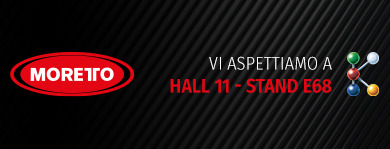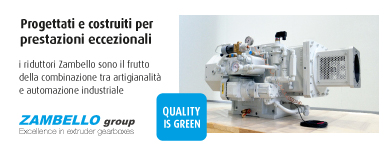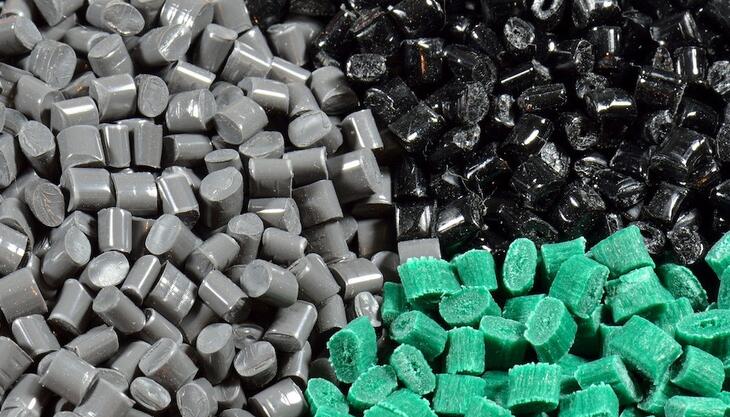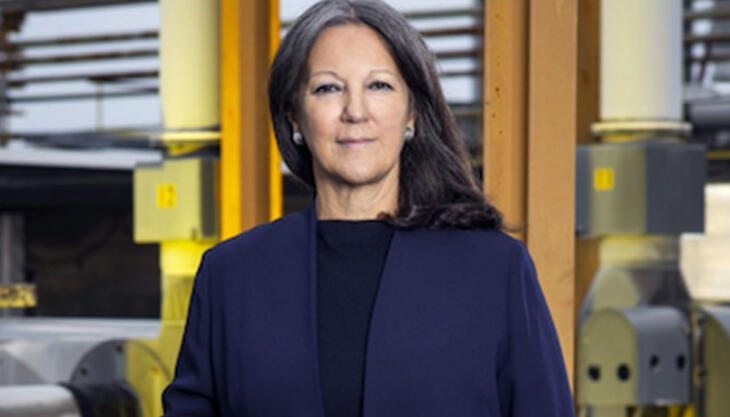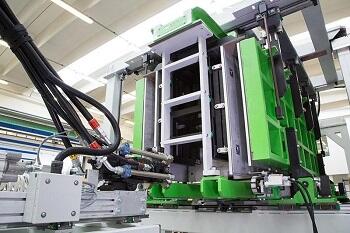
The full-year forecast developed by the Amaplast-Mecs Statistical Studies Centre highlights overall good performance for the Italian plastics and rubber processing machinery, equipment, and moulds industry. After the rebound recorded in 2021 - a year ending with double-digit growth in all indicators - the Amaplast trade Association foresees a substantially positive balance again in 2022, demonstrating the ability of the sector to absorb the impacts of the perturbations that have occurred and been compounded over the past three years.
Overall production for 2022 is expected to reach the threshold of 4.5 billion euros, with growth of one percentage point over 2021: while not in itself eye-popping, it consolidates the recovery achieved during the previous year, even exceeding by two points the pre-pandemic levels of 2019.
Growth, although tempered, is recorded in both components of demand: exports (which represent roughly 70% of production) show growth of approximately 2%, again exceeding 3 billion euros; the domestic market registers a +1%, partly influenced by a 5% increase in imports.
As regards exports by region, according to Istat data for the first nine months of the current year, flows have intensified to Asian markets (led by India), the Americas (South America in particular, Colombia leading the pack), and Europe (especially extra-EU states, excluding the CIS for obvious reasons). On the other hand, flows to Africa have lessened, both to Mediterranean and Sub-Saharan markets.
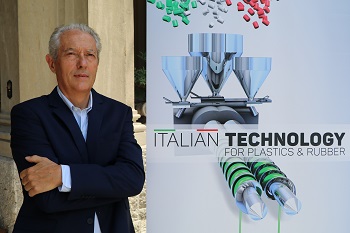
On the basis of the most recent period survey among Amaplast associate companies, there has been a progressive slowdown over the course of this year. This has been most marked for machinery both in the domestic and export markets while component sales and incoming jobs have maintained growth.
Italian manufacturers are looking for orders to increase at the end of the period, thanks partly to the “K effect”, with the Düsseldorf fair perhaps boosting up investments that had previously been put on hold. But businessmen are cautious, with the winds of war still blowing and economic turbulence characterizing global markets.
Turning our gaze to the coming year, it is likely that we will see a downturn in all indicators, although the reduction should be contained to a few percentage points. Indeed, Confindustria forecasts for the Italian economy generally also indicate low or negative growth, coupled with a continuing high inflation rate, mainly due to high energy costs.
“Italian manufacturers of plastics and rubber processing machinery,” stressed Amaplast President Dario Previero, “have always proven to be flexible and capable of developing organizational and technological solutions to meet the challenges of the economic scenario and markets, but it is also true that the issues that have come one upon the other over the past three years have dampened propensity toward investment.”
As regards the future, Previero added: “Companies will have to make a significant effort to innovate in order to further improve the technological attributes of their machinery and stay abreast of increasingly specialized demand, especially as regards sustainability and energy efficiency.”





